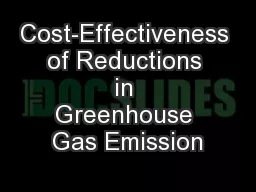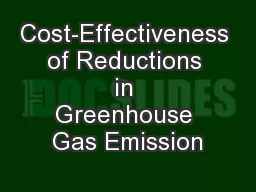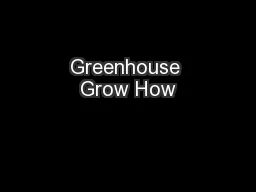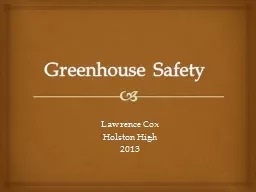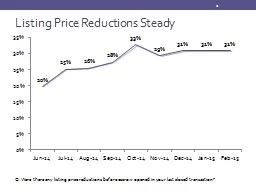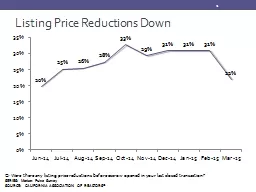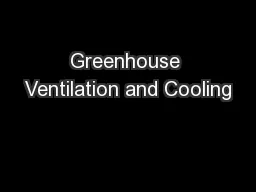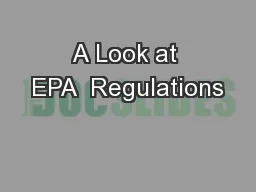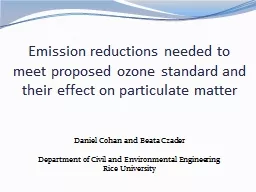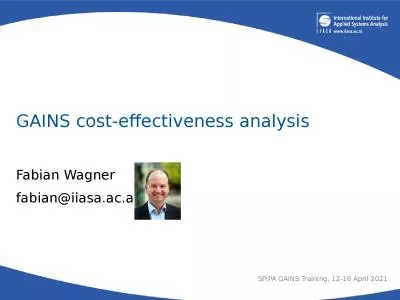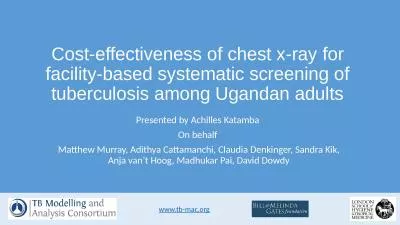PPT-Cost-Effectiveness of Reductions in Greenhouse Gas Emission
Author : phoebe-click | Published Date : 2017-04-04
Juan Matute and Mikhail V Chester California auctions the right to emit Greenhouse Gas Emissions In FY 201415 the state expects at least 832 million in GHG allowance
Presentation Embed Code
Download Presentation
Download Presentation The PPT/PDF document "Cost-Effectiveness of Reductions in Gree..." is the property of its rightful owner. Permission is granted to download and print the materials on this website for personal, non-commercial use only, and to display it on your personal computer provided you do not modify the materials and that you retain all copyright notices contained in the materials. By downloading content from our website, you accept the terms of this agreement.
Cost-Effectiveness of Reductions in Greenhouse Gas Emission: Transcript
Download Rules Of Document
"Cost-Effectiveness of Reductions in Greenhouse Gas Emission"The content belongs to its owner. You may download and print it for personal use, without modification, and keep all copyright notices. By downloading, you agree to these terms.
Related Documents

